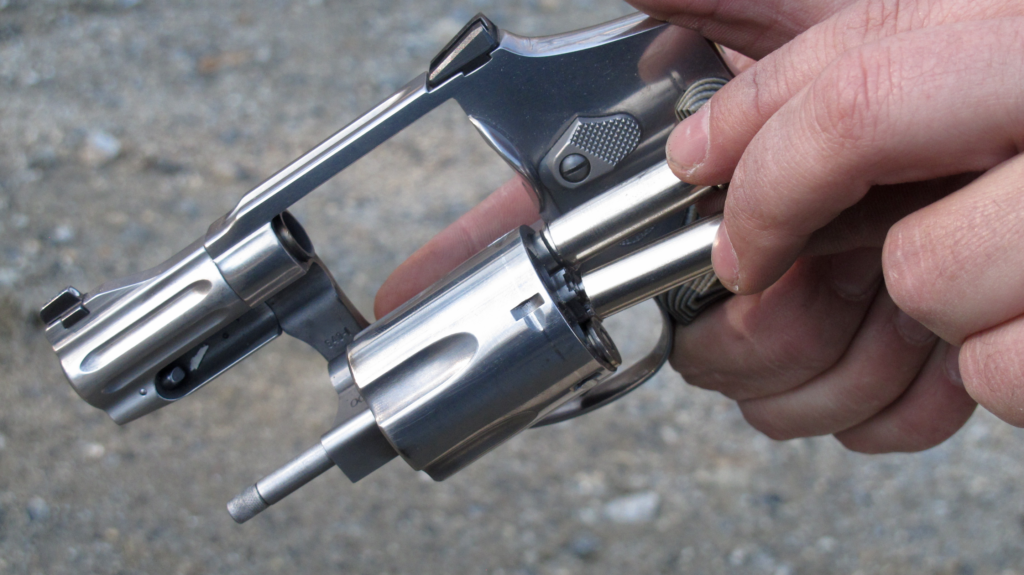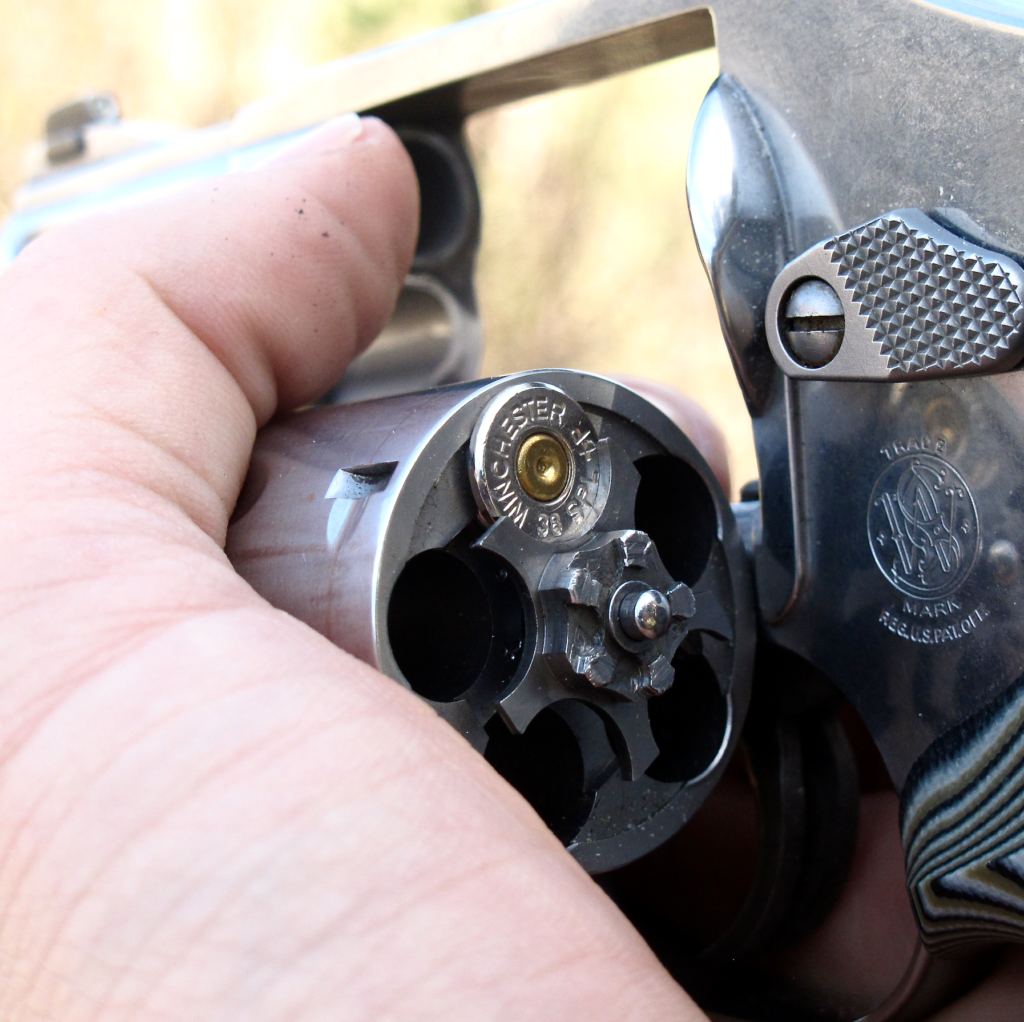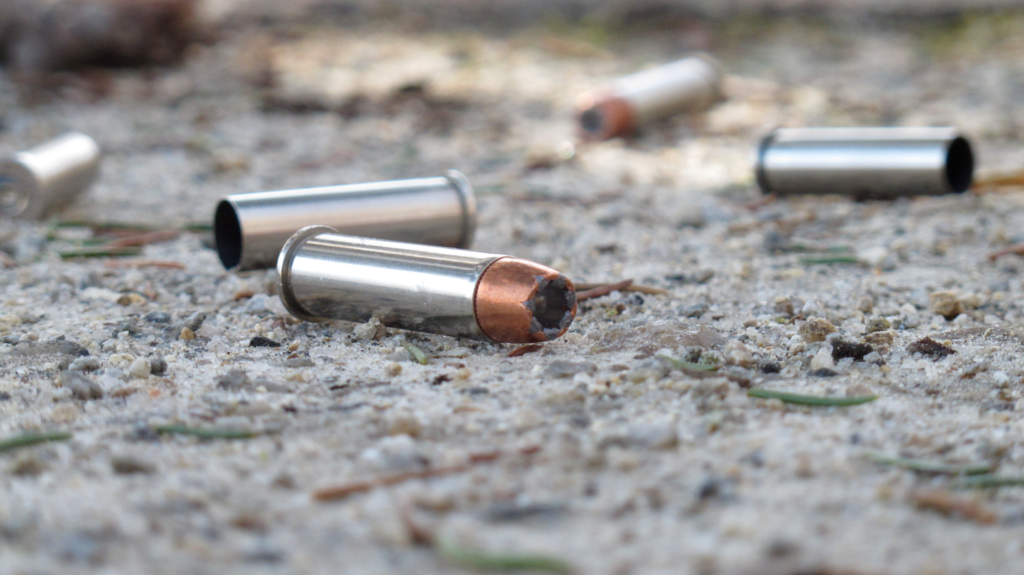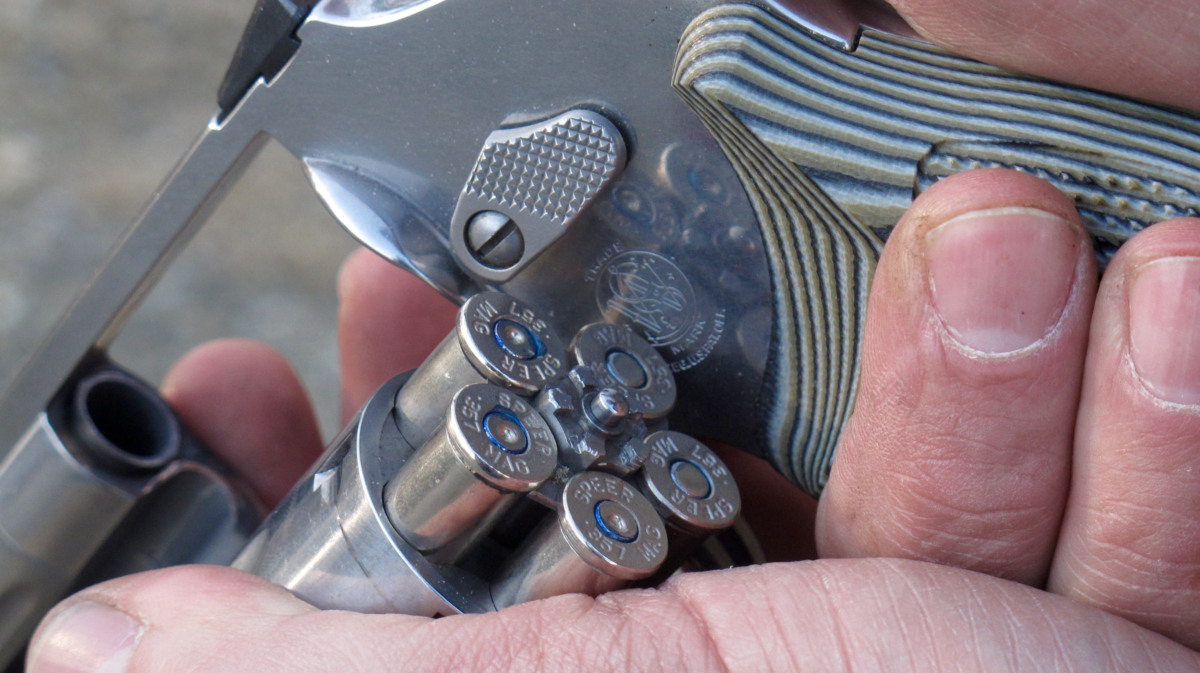Back when I was flying KC-10s for the Air Force in less-than-friendly areas, there was a push to teach “tactical” arrivals and departures for large, heavy aircraft like my tanker. Our concern was that bad guys with missiles and guns could pick a spot outside the fence of our protected airfields and take shots at us when we were low and slow, on takeoff or landing.
Since we lacked the speed, maneuverability and defensive systems of other aircraft, it was decided that we would arrive at a high altitude over the field and spiral down within its secure confines to a landing, then do the reverse on the way out. This would supposedly frustrate the efforts of the enemy to get a good shot at us from outside the wire.
Small, nimble jets like fighters can fly tight little spirals right over the runway all day long, but huge, lumbering transports that weigh 600,000 pounds or more don’t turn on a dime, and it’s hard to keep them inside the fence. When we corkscrewed our way up and down, all we truly did was give enemy gunners not one, but several chances to draw a bead on us. A few of them took advantage of that gift around Baghdad, nailing both commercial and military transports with shoulder-fired missiles.
So, what looked great in theory, just didn’t work in practice.
Guess What?
There’s a lot of things like that in defensive firearms training as well. Sometimes, well-meaning instructors teach their students techniques that look and sound good on the range or in the classroom, but don’t hold up under real world conditions.
That doesn’t necessarily make them unpopular. Sometimes a flawed technique looks so reasonable, sound, and attractive at first glance, that people never think to question or examine it. They simply adopt it, and over time it becomes an accepted practice, even when real world experience fails to validate it.
A revolver technique that I lump into that category is the so-called “Tac Load,” where a shooter “tops off” a partially-spent cylinder of cartridges to get the gun back up to full capacity without losing any unspent rounds. This was a popular training exercise back when the revolver was King, and a lot of police officers and armed citizens spent considerable effort practicing it, but I’ve never been convinced that it’s a good practice.
Please allow me to explain why.
Examining the REvolver Tactical Reload
To accomplish the tac load (which is short for “tactical reload,” and favored because . . . well, because it just sounds cool), we start with the cylinder open and the muzzle pointed slightly down. The ejector rod is pushed a little bit to raise the cartridges up without pulling them all the way out of the chambers. The spent cases are either trapped by the fingers or (in theory) are held in a raised position by fouling and case expansion when the ejector rod is released, and the live cartridges fall back into the cylinder. The spent brass can then be plucked out and replaced with live rounds, bringing us back to full capacity.

That’s how it’s supposed to work, and sometimes it does work that way in training. But in the middle of a fight, there’s a good likelihood that it won’t go as planned, mostly because the technique requires relatively high levels of dexterity, coordination, and fine motor skills–all of which are bound to suffer during moments of extreme stress.
Cavemen with Guns
When we’re confronted with a lethal threat (and particularly by one that surprises us, develops rapidly, and appears at short range), our bodies can experience Sympathetic Nervous System (SNS) arousal. This is part of our genetic programming that dates back to the days when dinosaurs roamed the Earth, and the human race was in its infancy. It’s designed to prepare our body for “fight or flight.”
During SNS arousal, our bodies go through significant physiological changes. Among them, the smaller vessels constrict and blood leaves the extremities to feed the core and major muscle groups. Powerful chemicals flood the bloodstream to enhance strength and dull pain. These changes help to prevent blood loss due to limb injuries, and strengthen major muscle groups for gross motor movements like pushing, striking or running.
However, they also rob you of coordination and fine motor skills, and induce involuntary shaking as well. These latter changes make it more difficult to pull off a dexterity-intensive task like the revolver tactical reload, which is already subject to other, equipment-related complications.
Our Friend, Murphy
Here’s some of the many ways a revolver tactical reload can go wrong:
- You push the ejector rod too much because you’re amped up, and empty the cylinder by accident;
- The ejector rod sticks due to case expansion, so you push harder on it–then it suddenly breaks free, and you empty the cylinder by accident;
- The spent cases don’t remain standing up like they’re “supposed to” and partially (or fully) sink back into the cylinder when the ejector rod is released, making them difficult to remove;
- You fumble with removing the spent cases because you’re “all thumbs” and can’t get a good grip on them;
- You fumble and accidentally push some of the spent cases back into the cylinder;
- Some of the live rounds don’t go back in flush and they fall out, or you accidentally knock or pull them out because you lack dexterity and coordination;
- While removing the spent cases, you fumble and wind up getting either a spent case or a loaded cartridge stuck underneath the extractor star;
- You drop the loose rounds that you’re trying to load from your 2x2x2 pouch, belt loops, or pocket.

All of these are recoverable, given enough time, but time is a precious commodity in a fight and delays can quickly turn deadly. Those who are tempted to say, “these things never happen,” just haven’t seen enough people try the technique. Do it enough, and you’ll see all of these problems occur, especially if you add a little stress, like a stopwatch, or a competitor who’s racing to beat you.
Running the technique on the range, when the conditions are favorable, is an entirely different animal from performing it in real world conditions. On the range, the lighting is good, the weather is good, your gun is clean, you’re injury free, you’re expecting to do the technique and are prepared for it, and your stress level is relatively low. Of course things are going to go well!
But shift to the proverbial “dark and stormy night,” with someone trying to kill you, and the picture changes a bit. When you try to accomplish the same, dexterity-intensive task with your wet, numb, shaking hands, then chances are good that it won’t turn out the same. That guy Murphy lurks around every corner, ready to frustrate your moves . . .
Plan A
So, what we really need is a technique that’s more resistant to equipment and stress-induced failures–a technique that enhances our chance of success, even when conditions aren’t favorable.
Fortunately, we have one. It’s called, “the reload.” Yes, instead of attempting a revolver tactical reload, I think it’s better to just use normal reload procedures. Dump everything in the cylinder and perform a rapid reload with your spare ammunition.
A normal reload is more positive and less prone to error than a revolver tactical reload. There are less required movements and those movements require less precision to accomplish. Because we practice them frequently, we are better at doing them properly. A normal reload can be accomplished more rapidly than a tac load (particularly with a speedloader or moon clip, but even with a loading strip), and there is less of a chance of creating a complex, brass-under-extractor star malfunction.

What about the live rounds that are ejected? If your tactical situation allows it, you can recover them from the ground with whatever time you have available. After all, it’s assumed that you wouldn’t have stopped to tac load unless you had some cover and some extra time, otherwise you would have continued moving and fighting, instead.
If the tactical situation changes before you can recover the dropped ammunition, then write it off and get back into the fight with your fully-loaded revolver. Your first priority now is to stop the threat, not recover a few loose rounds from the deck. You can go back to get those later, after you win the fight.
Keep it Real
The vast majority of gunfights involving armed citizens are finished before any of the parties have a chance to reload. Our best research indicates that it’s just not common for armed citizens to do any kind of reload (let alone something as complex and time consuming as a revolver tactical reload) before the participants have either fled, surrendered, been wounded badly enough to stop fighting, or been killed.
This holds true for a majority of law enforcement gunfights as well–they are typically finished with what’s already in the gun. Due to the nature of police work, reloads happen more frequently than they do in armed citizen encounters, but they’re still not the norm–particularly proactive reloads like the “tac load.” In fact, I have yet to uncover evidence of a single police gunfight where a revolver tactical reload was completed. There may be an odd example out there that I’m ignorant of, but it’s definitely an anomaly.
Your training time is limited, and it’s too valuable to waste on practicing skills that are unnecessary, inefficient, and likely to fall apart under stress. The revolver tactical reload is one of those, and you’d be much better off focusing your efforts on more important and relevant skills.
God Bless, and be safe out there.
-Mike


I agree with your general assessment. One issue I take with tac loading, revolver or auto honestly, is that it introduces a second technique for doing something. Every time I reload a revolver I slap to ejector rod because that insures the cases clear, doing the tac load now deviates from that. I believe in as much consistancy as possible in technique. Great blog, I just discovered it.
Agreed. There are a lot of things that can go wrong with the revolver tactical reload…including forgetting you’re doing one and dumping everything.
Thank you,
Justin
I’m with you there. I don’t understand why people have different reloads for different situations. Just reload the gun! If you have time, retain your half empty mag/unfired rounds. If you don’t have time, don’t!
Thank you! Even if the “tac load” is a valid technique, it is not one I trust myself to be able to accomplish reliably. Like you, I would prefer to not bother and just collect the live rounds from the ground when it’s all over and done with.
I agree with your assessment.
The main reason for not dumping the whole cylinder is usually given as “You might need those round later.” But partially reloading a cylinder is slower, clumsier, and chancier than a complete reload using a speedloader, and if you’re getting into multiple reloads, you’re probably in more trouble than you can get out of.
In my opinion, withdrawing the rounds halfway out of the cylinder and letting them sit there, loaded or empty, also increases the chances of getting a rim caught under the extractor star. That’s something you don’t want in a fight.
I thought this “tactical reload” stuff was stupid even when I was forced to teach it. I’m glad someone agrees with me.
You’re obviously a very sage individual.
So, maybe we call a reload from speedloader a “tac reload” so folks like it better? I guess the topping off of a round or two could be the administrative reload… I’ll only do that one if the fight is over so that makes sense to me.
I agree with everything Mike stated and I’ll toss in my $0.02 worth.
Reloading under stress is a challenging evolution and that is why we train. I’m a big fan of keeping things simple because Murphy’s law is real. So with simple being our goal, let’s stay with our existing training and not make it complicated.
If you have ever used a 5 shot revolver to shoot a course designed for a 6 shot revolver or semi-auto pistol – you can relate to what I’m about to write. If you haven’t been forced to comply with time limits and courses of fire designed for multiples of 6 while armed with a 5 shot revolver, trust me, simple is better.
When each string of fire is 2 rounds or 6 rounds, you can shoot some of the capacity of the 5 round cylinder and then perform a tactical reload OR you can just shoot 4 rounds and perform a regular reload. A regular reload after firing 4 rounds of a 5 shot revolver means you will lose 1 live round but the reload is faster and far more likely to succeed. That method is simpler and simple is good. I’d rather lose that one round and get 5 live rounds back in the gun than to fumble around trying to save that one round while really bad things are happening. Enough said about that.
Now to address what can go wrong with a tactical reload of a revolver. The answer is; damn near everything. Mike is 100% correct that fine motor skills are gone under stress. One of the pictures in the article shows a spent casing UNDER the extractor. Attempting to fix that problem on a range is difficult (I’ve done it and it was the result of attempting a tactical reload with a revolver), trying to fix that under stress would likely be fatal. At that point you’re better off with a second gun or an escape plan.
Simple is GOOD. Keep it simple.
Another great article and food for thought.
In my very humble opinion, dumping loose rounds on the ground is a very bad idea that could come back to bite a person, especially a revolver shooter with a smaller ammo load ‘on board’ vs. a semi auto shooter. In a gun fight, ammo is a finite resource and you may very well need every last round before the fight is over. Yes, we are talking about the ‘civilian world’ and a criminal encounter, so let’s also consider the flip side of that coin, that being that that you are a civilian going about your day, minding your own business and, unlike the military or a police organization, you cannot call in for a resupply of ammunition to stay in the fight. What you carry is all that you have to solve the tactical problem at hand, and you have the rest of your life to solve it. :/
While I agree that most encounters where you may have to draw your sidearm and use it, it is usually against just one or at most two bad guys and USUALLY one or two rounds to one or two rounds per bad gun total is all that is statistically required to stop the threat(s). This is a best case scenario and as citizens that conceal carry we do not / should not train and plan for a best case scenario, should we? Otherwise, why carry at all?
Case in point, I’m retired .mil and I don’t feel the need to be all tacti-cool and carry a fantastic-plastic Jedi-blaster anymore with five 17 round magazines in the event of either 1) a zombie uprising, 2) and invasion of Mutant Zombie Bikers, 3) Alien invasion, or 4) the local ISIS network invading across the border from mexico wanting to protest violently their rights to not be shot at by drones… :/ I now carry either my GP100 or, on days that I feel nostalgic, one of my Speed Six or Police Six models with a double speedloader pouch, and if I’m going to be out all day or have to traverse through or near seedier parts of town or go out of town I might also add a speed strip or two in a pocket or belt pouch. That ‘load out’ gives me 30 rounds of problem solving on board to take care of most any issue that I may have to deal with that I have decided would be either the ‘most likely’ or ‘most dangerous’ scenario that I may encounter.
The “Most Likely’ lower end of the scale being one or two misguided and misunderstood individuals that were bored and only looking for some fun for the evening. On the ‘Most Dangerous’ higher end of the scale is a gang of three or more heavily armed individuals or I have either inadvertently walked into or been overtaken by an violent street protest that got out of hand by Occupy Wall Street, the rainbow coalition, or some other silly-ass snowflake, whiner-baby organization that has militarized and are holding an impromptu street fashion show and cry fest. In either of these scenarios, either ‘likely’ or ‘dangerous’, I personally will not be staying put unless I’m pinned down or injured to the point that I cannot safely and quickly get out of dodge. If I have to fight, I’m fighting my way out of the area to safety, or at the very least I’m fighting my way to the shotgun in my truck to help me get my butt out of the area and to safety.
In either event I’m not looking to dump rounds on the ground. It is much faster, safer, and easier to pocket them for possible future use, if needed. Faster – yes, it will take an extra second or two to pocket the loose rounds, but that is a heck of a lot faster than looking for the little buggers on the ground. Safer – I can keep my head up and eyes scanning while reaching into my pocket to retrieve those loose rounds, keeping full situational awareness versus having my head down and eyes glued to the ground on an Easter Egg hunt looking for shiny pieces of brass. Easier – I’m either standing or kneeling upright behind cover while reloading and thus retain my mobility / ability to quickly move when threatened versus being in a low squat / kneel, or on hands and knees, or even laying on the ground looking under a car – in these instances you have lost your ability to quickly move if rushed.
Respectfully, I advise pocketing your loose rounds.
Point taken, but easy with the name-calling, please. In my experience we’re all snowflakes about something.
Fair enough, Steve. We just see things differently. I tend to think that the most limiting factor in a fight will be time, not your ammo supply. Honestly, I don’t anticipate that a reload will be required—or practical—in most armed-citizen encounters, but if extraordinary circumstances permit one, I want to spend the least amount of time possible doing it. I’d rather not delay getting my gun back into the fight, because I’m more worried about running out of time than ammo.
You would accept a slower reload to save the ammo, whereas I would prefer to get the gun running faster, and then decide if I have time to recover it, or if it makes more sense to write it off. Our priorities are different and I respect that. We all have to choose our own salvation.